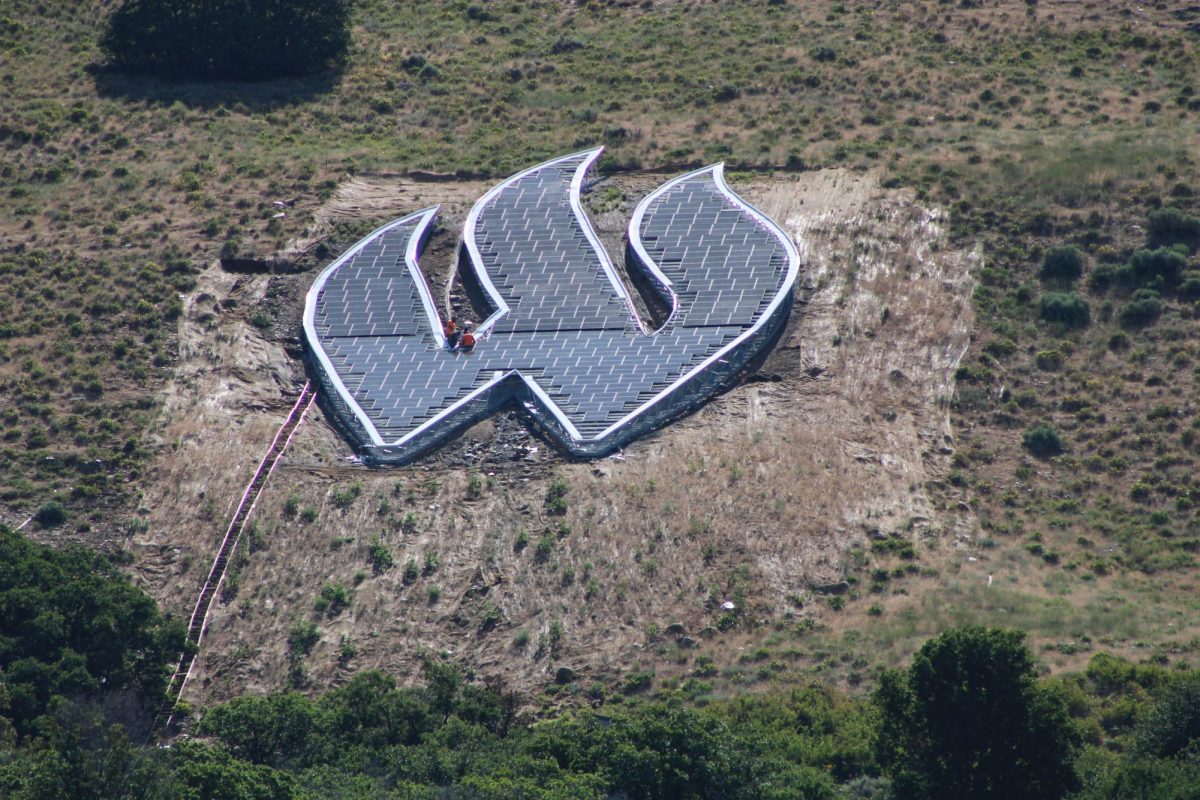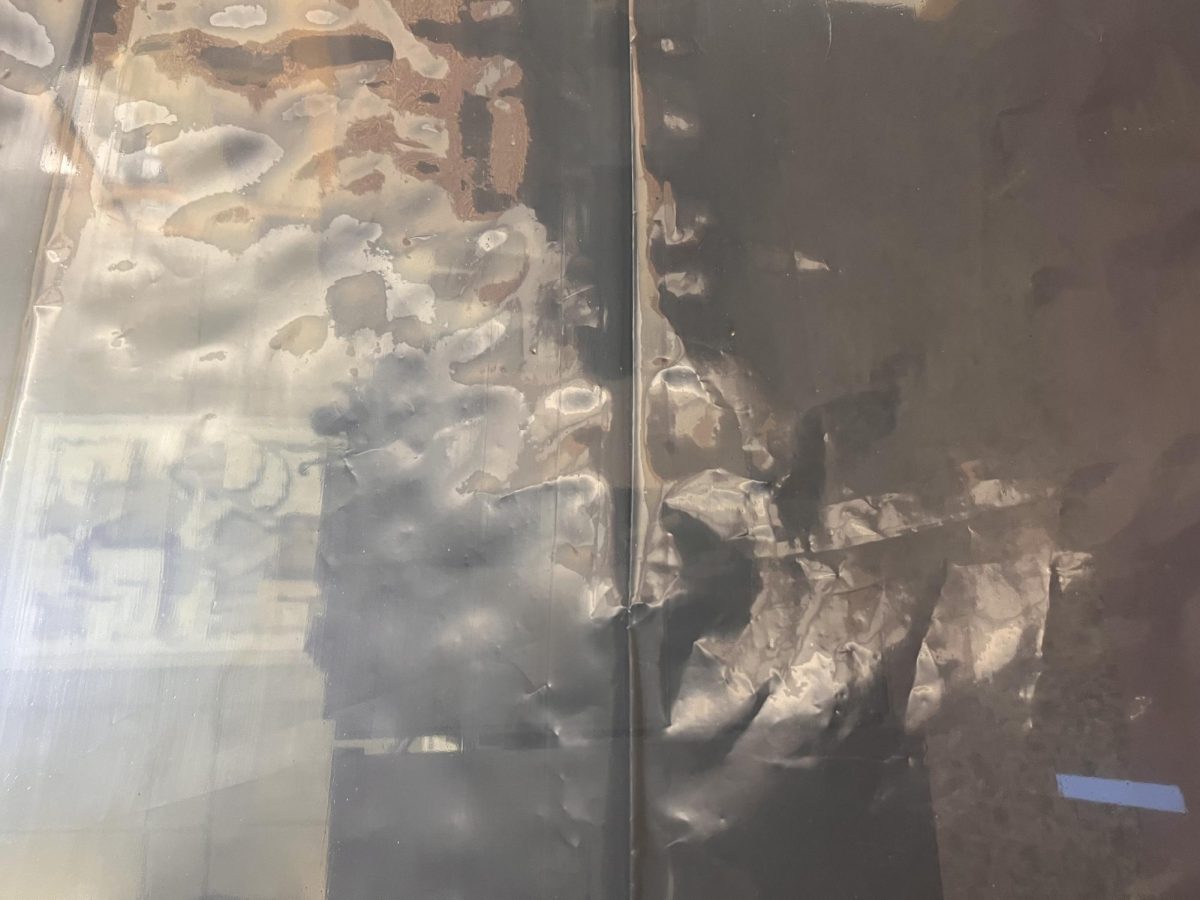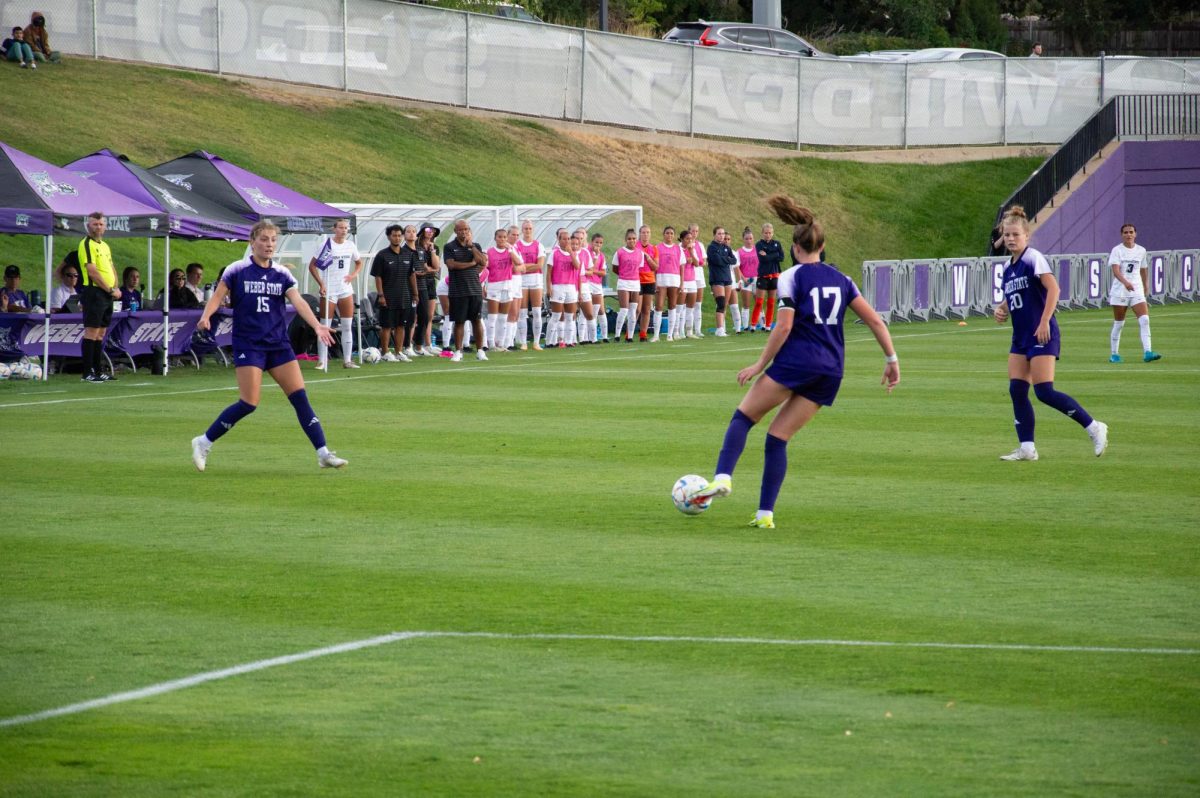State of Utah climatologist Robert Gillies spoke Wednesday at Weber State University on how Earth’s climate is getting warmer every year, to the point that there might be no snow in Utah by the year 2100.
Gillies showed students and faculty the trends of the climate going from the midpoint between hot and cold to the hotter part of the chart. The earth is getting warmer, and the climate is changing. Last winter was one of the lowest snow seasons over the past few years, and studies show it will gradually become worse.
“This past year was very dry, whereas the previous year was very wet,” Gillies said.
Gillies said it’s all about the statistics of the environment over time, and that it’s not about proof, but evidence. Gillies showed a chart of the trends in Utah, where certain years were very dry while others were very wet, and since the 1980s, the temperature has increased. According to recent studies by Gillies, Moab’s increase in temperature is 1.4 times the global average temperature.
Gillies explained that in Utah’s region, snowfall for water resources is extremely important. The problem occurring is that snow is declining in Utah.
“The implication is that we are getting more rain, and less snow,” Gillies said.
One critical factor, Gillies said, is that the minimum temperature has increased “dramatically” over the past 50-60 years, resulting in less snow and more rain, yet both are still declining. What has happened recently are more intense or extreme rainfall events. Gillies said that what has been really interesting in the past 100 years is that the climate has been wet.
“We’re getting more water, but more of it is coming as rain,” Gillies said. “But we rely on snow as our main source of water.”
Observations conducted by the National Center for Atmospheric Research have shown trends of snowfall decreasing due to global warming. By the year 2030, deep powder could disappear, and by the end of the century, Utah will have no snow, bringing forth efforts to retain water differently.
“We’re not getting any less water, but we’ll have to change our whole hydro-climatic scheme if we want to collect that water, because collecting snow water is very different than collecting water from rain,” Gillies said.
Doug Roberts, a WSU student, said he is quite interested in global warming and thought that what Gillies talked about is in line with other scientific research he has read about.
“I think people need to be more aware and don’t believe everything they read in the media and start focusing on the science,” Roberts said. “Climate change is real, and it’s happening, and we the people are causing it.”
Alice Mulder, the geography professor who introduced Gillies, said that if Utah’s going to be getting more rain, water conservation is certainly one way to start. It’s important to use the least amount as possible, and that is one thing WSU is working on.
“We’re probably looking at the next two or three years being pretty dry,” Mulder said. “The more we know about these trends, the better prepared we can be in advance for what is to come in the future.”













